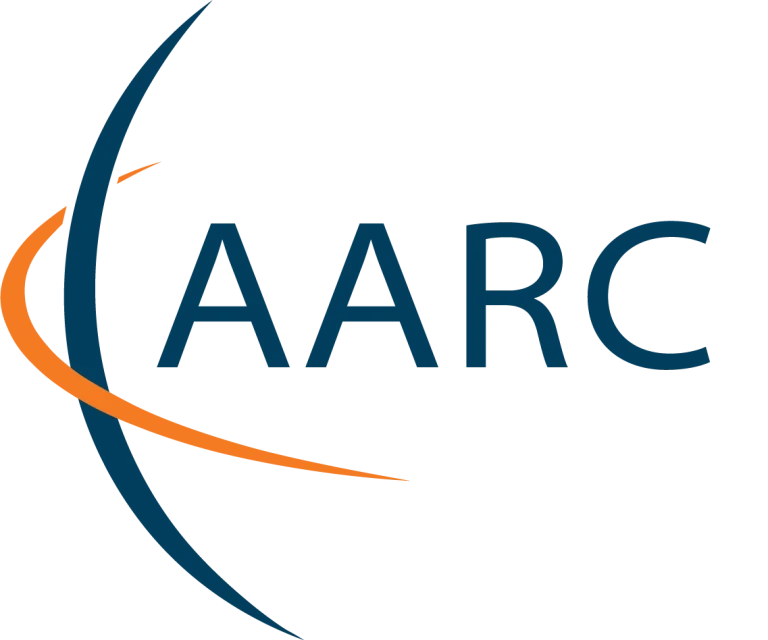[vc_row][vc_column width=”2/3″][vc_column_text]
AARC: Why and How?
Interoperability, sustainability, integration and compatibility: AARC – a set of turn-key solutions bringing research collaborations closer together.
Researchers must be able to easily access and share resources in order to collaborate. The growth of identity federations at the national and international level has proved to be a successful model to efficiently increase scientific collaboration.
Thanks to the eduGAIN service, individual researchers can use their institutional credentials to access thousands of resources available to their own organisation. However, this does not provide everything that members of research collaborations need. After all, they need to manage, access and share resources based on their roles within these collaborations. So research collaborations need their own authentication and authorisation infrastructure (AAI) – one that allows researchers to seamlessly access all the online resources they need.
This also raises new challenges: while it is possible to access research infrastructures, authorisation across different research and e-infrastructures may be a challange, and particularly when within the same project, an individual researcher needs to access resources provided by different infrastructures. Moreover, having different AAIs can create compatibility issues, let alone the time spent in creating something new.
And this is where the AARC Blueprint Architecture comes in.
AARC: Understanding the needs of communities
Since the first AARC project, all requirements from the research infrastructures pointed to an integrated AAI, easy to use and able to provide users with a single digital identity to access all services using only their institutional credentials. This infrastructure must also provide a secure integration of identity solutions for guests, advanced authentication mechanisms, and allow users to access services on the basis of their role inside the scientific collaboration project.
From requirement analysis to the ‘prototype’ design
To address these issues, AARC devised an approach to build such an infrastructure in a scalable and secure way by creating a blueprint architecture (BPA). The BPA defines the functional building blocks for interoperation with the national identity federations and with eduGAIN. This blueprint defines the key components that can be mixed and matched according to specific needs. This flexibility gives software architects and technical decision makers a head start in building a customised solution for their research collaboration.
Harmonising rules for a common infrastructure
Harmonising the rules that organisations apply to identity management is essential for achieving an integrated AAI framework. AARC focused on sharing recommendations and common best practices validated by the research infrastructures active in the AARC community and endorsed by AEGIS.
It’s a matter of proxy
The AARC blueprint model proposes the introduction of a proxy, operated by research infrastructures, which uses the pull of identities available via eduGAIN and other trusted Identity Providers.
To ensure that security is preserved, AARC defined a specific framework called Snctfi (Scalable Negotiator for a Community Trust Framework in Federated Infrastructures). Snctfi ensures, among other things, that the entity connected to the proxy adopts Sirtfi and research and scholarship entity categories. AARC also looked at the protection of (mostly personal) data generated by the use of infrastructures and the procedures (accounting) needed for security and accountability of resources.
AARC: a framework that benefits all research collaborations
Thanks to the efforts of the AARC community, AARC has estabilished itself as an open initiative that comtinues to guard and enahnce its two main pillars:
- A secure and scalable Blueprint Architecture
- A Policy Development Kit (PDK) that provides introductory information, training materials, template documents, and detailed guidelines on policy for AAIs.
The initial set of AARC in Action case studies, that provide examples and a reference to help organisations understand what solution could best fits their needs, will be examped with new case studies.
[/vc_column_text][/vc_column][vc_column width=”1/3″][vc_empty_space height=”100px”][vc_column_text]
Resources
[/vc_column_text][vc_single_image image=”4042″ img_size=”medium” onclick=”custom_link” link=”https://aarc-project.eu/wp-content/uploads/2018/11/AARC-eduGAIN-leaflet.pdf”][vc_column_text]Leaflet: AARC & eduGAIN: expanding access to online resources for students, teachers and researchers[/vc_column_text][vc_empty_space][vc_single_image image=”4742″ img_size=”medium” onclick=”custom_link” link=”https://aarc-project.eu/architecture/”][vc_column_text]Final AARC Blueprint Architecture[/vc_column_text][vc_empty_space][vc_single_image image=”2939″ img_size=”medium” onclick=”custom_link” link=”https://aarc-project.eu/policies/sirtfi/”][vc_single_image image=”2940″ img_size=”medium” onclick=”custom_link” link=”https://aarc-project.eu/policies/snctfi/”][vc_single_image image=”4714″ img_size=”medium” onclick=”custom_link” link=”https://aarc-project.eu/about/aegis/”][vc_video link=”https://youtu.be/jifn4pFUafU”][vc_video link=”https://youtu.be/Ru49jFUfpQs”][vc_video link=”https://youtu.be/nLCD4rcjwjk”][/vc_column][/vc_row]


